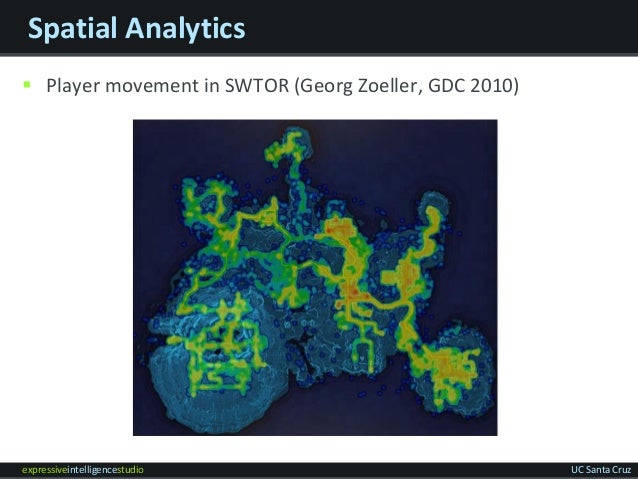Introduction
If you paid any attention to video game news in the past year, you will have no doubt heard volumes about the Star Wars Battlefront 2 Loot Box controversy. In essence, the publisher of the game, Electronic Arts, utilized a micro-transaction model in the game’s multiplayer. This was widely frowned upon due to exploitative way in which it was implemented. For those who aren’t familiar, games like Battlefront 2 are large scale competitive multiplayer affairs. Teams attack each other and compete to take over in-game territory and win pitched battles.
Those Dang Lootboxes
Electronic Arts implemented a system wherein users gain experience points by completing matches. At certain milestones, players receive in-game credits that can be used to purchase “loot boxes” which are filled with power ups and cosmetic items. For those that don’t want to spend time grinding for loot boxes, they are permitted to use real-world currency so as to acquire loot boxes at a faster rate than usual. Under most circumstances, users tolerate micro-transactions like these because they make little to no impact on the overall gameplay mechanics. However, Battlefront 2’s lootboxes did allow for such game-breaking content.

Worse off, even playable characters were locked away and could only be unlocked by spending an inordinate amount of time or spending extra real world money. For example, Darth Vader required 40 hours of gameplay or 60,000 in-game credits to unlock. For many enthusiasts, this was an inherently exploitative system. After spending a premium, users expected a complete product. As a result, video game enthusiasts boycotted the game, caused a ruckus online, and campaigned for parents to prevent the game getting into the hands of children.
This effort was largely successful and Electronic Arts switched off the microtransaction system, pledged to re-evaluate it, and fix the issues before putting it back in.
The Point of User Research
This controversy sparked a national conversation about the ethics of such systems. The state government of Hawaii went as far as to lay out a plan to propose a bill focused on alleviating the issue of lootboxes in general. This followed only a few short days after the controversy surrounding Battlefront 2 surfaced.
Right before EA caved and turned of the microtransactions, they were lambasted online for the most down-voted comment on reddit.com ever. In it, they apologized for the disturbance, but defended their intention. They stated the following:
“the intent is to provide players with a sense of pride and accomplishment for unlocking different heroes […] we’re looking at average per-player credit earn rates on a daily basis, and we’ll be making constant adjustments to ensure that players have challenges that are compelling, rewarding, and of course attainable via gameplay.”
Interestingly, this comment hints at the kind of user-research that factored into the balancing of the microtransaction system. While the metrics big companies use to analyze users while playing video games are often proprietary and hidden from public view, we know they watching and conducting experiments on game players. In his presentation at UC Santa Cruz, Senior Data Scientist at Electronic Arts Ben Weber presented some examples of his data analytics and machine learning practices.
In his presentation, we see front end dashboards of game analytics, heat maps to show where players move, and examples of how algorithms manipulate who matches to who in multiplayer games. For sure, all of these metrics factor in to how these games are designed. Are the factors going toward the creation of a better product or a more profitable one? It’s hard to say. Today’s video games are massive undertakings and require an absurd amount of money to produce.
So What?
It’s no surprise that 2017 was also the year that Activision was granted a patent for a system wherein players are matchmade with others so as to yield a higher purchase rate of items. This system, like EA’s loot box model, was found to be feasible due to extensive user research. But was this research toward the development of a better, more usable product? Do these systems fundamentally undermine the design of the games they are implemented in? One thing is certain: real people play these games and some of them exhibit behavior that resembles gambling addiction. There is an industry term for users that spend a disproportionate amount of money in these microtransaction systems– “Whales.” Last year, Ethan Gach from Kotaku ran a report about a 19-year-old person that had racked up over $10,000 in microtransaction payments on mobile games.
References
Palumbo, Alessio. (2017) Hawaii State Reps Lay Out Plan for Anti-Loot Box Bill. Retrieved from https://wccftech.com/hawaii-reps-plan-anti-loot-box-bill/
Gault, Matthew. (2017) ‘Star Wars: Battlefront II’ Gave EA the Most Downvoted Comment in Reddit History. Retrieved from https://motherboard.vice.com/en_us/article/pa3wek/star-wars-battlefront-most-downvoted-comment-on-reddit.
Weber, Ben. (2016) Game Analytics & Machine Learning. Retrieved from https://www.slideshare.net/BenWeber1/game-analytics-machine-learning
Alexandra, Heather (2017) Activision Patents Matchmaking That Encourages Players To Buy Microtransactions. Retrieved from https://kotaku.com/activision-patents-matchmaking-that-encourages-players-1819630937.
Gach, Ethan. (2017) Meet The 19-Year-Old Who Spent Over $10,000 On Microtransactions. Retrieved from https://kotaku.com/meet-the-19-year-old-who-spent-over-10-000-on-microtra-1820854953.

